Choamsa Temple - Yeongju (초암사(영주))
13.3Km 2020-03-27
330, Jukgye-ro 315beon-gil, Yeongju-si, Gyeongsangbuk-do
+82-54-633-2322
In search of a great place to build a Buddhist Temple invoking national security, Great Monk Uisang travelled around the country and reached this place. He built a small thatched hut here for a temporary stay and continued his search. Finally, he found a perfect place and built Buseoksa Temple. He also set up another temple in the site where his small thatched hut was and called it Choamsa Temple. Choamsa Temple is located below the valley in the south of Gungmangbong Peak of Sobaeksan Mountain. After the Korean War, the temple building had to be rebuilt, but it managed to preserve some of Provincial Tangible Cultural Asset including Samcheung Seoktap (a three-storied stone pagoda; Tangible Cultural Property 126), Dongbudo (East Stupa; Tangible Cultural Property 128) and Seobudo (West Stupa; Tangible Cultural Property 129).
* Jukgyegugok Valley
The valley stretching from Baejeom-ni to Choamsa Temple is called Jukgyegugok which Sobaeksan Mountain surrounds like a folding screen. Near the valley, one can find famous tourist attractions such as the Sosuseowon Confucian Academy and Buseoksa Temple. Toegye Yi Hwang came up with the name Jukgyegugok inspired by the fantastic scenery of the valley and the beautiful sound of the flowing water.
Yeongju Birosa Temple (비로사 (영주))
13.4Km 2021-06-11
661-29, Samga-ro, Yeongju-si, Gyeongsangbuk-do
+82-54-638-5033
Birosa Temple is located at the southern foot of Birobong, the highest
peak of Sobaeksan Mountain. It was founded by revered Buddhist monk Uisang Daesa in the 20th year of King Munmu’s reign (AD 680) during the Silla Kingdom. The temple’s Buddha statues and the flagpole supports reveal the long history of this ancient temple.
To the left of the entrance to Birosa Temple stand a pair of flagpole supports. The 4.8-meter-high flagpole supports facing each other have a meticulous structure. Inside the temple precincts is Jingongdaesa Bobeoptapbi, a stele with a stone turtle base erected in honor of the great monk Jingong Daesa.
The temple enshrines the Amitabha and Vairocana Buddha statues, which were created during the Silla Kingdom in the late 9th century. Both of these Buddha statues realistically depict the human form, and show similar characteristics, which reveal that they were crafted by the same artisan. Preserving such valuable cultural heritages, Birosa Temple also has a serene view of Birobong Peak on
Sobaeksan Mountain.
* Major cultural properties: Stone Seated Amitabha and Vairocana Buddha Statues (Treasure No. 996), Samgadong Stone Flagpole Supports (Provincial Tangible Cultural Property No. 7)
Yangbangsan Paragliding Site (양방산활공장)
13.5Km 2021-06-16
350, Yangbangsan-gil, Danyang-gun, Chungcheongbuk-do
+82-43-420-3035
Yangbangsan Paragliding Site is situated 664 meters above sea level at the top of Yangbangsan Mountain. Upon arrival at the site, one can get a panoramic view of Danyang, including the meandering Namhangang River. While serving as the main venue for major gliding sports competitions, the site is also frequented by tourists and extreme sports enthusiasts who want to experience hang gliding and paragliding.
Cheongnyeongpo Scenic Spot (청령포)
13.5Km 2024-04-02
133 Cheongnyeongpo-ro, Yeongwol-eup, Yeongwol-gun, Gangwon-do
Cheongnyeongpo Scenic Spot is one of Yeongwol's representative tourist destinations, also well known as Joseon's 6th king Danjong’s home in exile. The Namhangang River surrounds its three sides, and there are mountains on the other side. It is only accessible by boat. For reference, there is no set schedule for the departure and arrival of the boat, and it starts operating once the travelers are seated to some extent. Travelers are welcomed by tall pine trees when entering Cheongnyeongpo. There are many historical sites, such as Danjong's home in exile, a pine tree about 600 years old called Gwaneumsong, and Manghyangtap Tower, which serves as an observatory.
Yeongwol Donggang Hanu (영월동강한우)
13.7Km 2024-04-02
65 Hasongan-gil, Yeongwol-eup, Yeongwol-gun, Gangwon-do
Korean beef from Gangwon State is known for its taste and nutrition. The place is a Korean beef restaurant in Yeongwol. It has a separate butcher shop selling just meat and a self-service dining area, so the price is reasonable. There is a service charge of 5,000 won for guests 14 years and older and 3,000 won for elementary school students. Meat can be purchased at the butcher in the cut and texture of one's choice, ensuring high levels of satisfaction. Extras and sides (beef tartare, bulgogi, cold buckwheat noodles, soybean paste jjigae, etc.) and A La Carte (rice soup, beef bone soup, beef tartare bibimbap, etc.) are also available.
Untan Walk-cation in Yeongwol (운탄 웤케이션 in 영월)
13.8Km 2024-08-23
126-3 Cheongnyeongpo-ro, Yeongwol-eup, Yeongwol-gun, Gangwon-do
033-644-1330
The Untan Walk-cation in Yeongwol is the first of three events connecting Yeongwol, Taekbaek, and Samcheok along the Untangodo 1330 Trail. Participants can enjoy cultural events while walking thorugh peaceful nature.
Donggang International Photo Festival (동강국제사진제)
13.8Km 2022-09-19
1909-10, Yeongwol-ro, Yeongwol-gun, Gangwon-do
• 1330 Travel Hotline: +82-2-1330 (Korean, English, Japanese, Chinese) • For more info: +82-33-375-4554
Donggang International Photo Festival is a representative photo festival with a wide range of participants, such as photography enthusiasts, national and international photographers, and the residents of Yeongwol, Gangwon-do. The festival is comprised of the Main Exhibition, DongGang Photography Award Exhibition, International Open Call, Photojournalists Exhibition, Gangwon Province Photographers Exhibition, Yeongwol County Photographers Exhibition, Elementary School Photo Diary Exhibition, Street Installation Exhibition and Workshop (Yeongwol Photo Tour Program, Continuing Education Exhibition, Artist Talk, Elementary Students Workshop).
Seongmun - Stone Gate (석문)
13.8Km 2020-06-13
644-33, Sambong-ro, Danyang-gun, Chungcheongbuk-do
+82-43-422-1146
Two hundred meters upstream from Dodamsambong Peaks is a large rainbow-shaped stone gate on the left side of the river. This oddly-shaped stone arch is called Seongmun, which means Stone Gate. Due to its fascinating scenery, Seongmunm is the second of Danyang’s Eight Scenic Beauties. To the left of the Stone Gate is a small cave. Inside the cave is Okdap (Stone Field), which is believed to have been cultivated by an old enchantress. The legend of Okdap says that an old enchantress who lived in heaven once came to the earth to get water and then dropped her binyeo (traditional Korean hairpin) near Seongmun. As she searched for her binyeo, she was extremely impressed by the beautiful views. Mesmerized, she left heaven and lived near Seongmun as an ordinary peasant, growing crops and expanding farmlands.
Dodamsambong Peaks (도담삼봉)
13.8Km 2024-03-15
644 Sambong-ro, Maepo-eup, Danyang-gun, Chungcheongbuk-do
+82-42-422-3037
The Dodamsambong Peaks consist of three distinctive stone pillars - Janggunbong, Cheobong, and Cheopbong Peaks - that rise majestically from the Namhangang River. Janggunbong, the tallest of the trio, hosts the historic Samdojeong Pavilion, a famed gathering place for the region's literati. Adjacent to these natural wonders, the Dodamsambong Tourist Area offers amenities and attractions such as the Sambong Story Hall, the Hwangpo Sailboat, a cruise ship quay, and a rest area, enhancing the visitor experience.
Jukgyegugok Valley (죽계구곡)
13.9Km 2017-12-22
Jukgye-ro 315beon-gil, Yeongju-si, Gyeongsangbuk-do
Jukgyegugok Valley is the valley stretching from Baejeom-ri to Choamsa Temple.
Joseon-era Confucian scholar Toegye Yi Hwang (1501-1570) was inspired by the
scenery of the valley and the enchanting sound of the flowing water, so he came
up with names for each of the nine sections of the valley and collectively called
them Jukgyegugok (nine bamboo valleys). The valley presents a splendid sight
indeed with crystal clear waters, lush forest, and white rocks. In summer, vacationers
from around the country flock to Jukgyegugok Valley to cool off from the sweltering
heat by dipping their feet in the refreshing waters of the valley. Famous tourist
attractions near the valley include Sosuseowon Confucian Academy, Buseoksa Temple,
and Eupnaeri Mural Tomb.
* Choamsa Temple
On the path that ascends from Jukgyegugok Valley, there is a small temple
located at the foot of Sobaeksan Mountain. The great monk Uisang Daesa of the
Silla Kingdom reached this place during his search for an ideal site to build
a Buddhist temple invoking national security. He set up a small thatched hut
for a temporary stay until he found the most propitious spot, on which he built
Buseoksa Temple. In the site where his thatched hut once stood, he built another
temple and named it Choamsa Temple. The original structure was destroyed by
fire during the Korean War (1950-1953). The temple has been restored to its
present state by the Buddhist monk Lee Bo-won after years of arduous efforts.
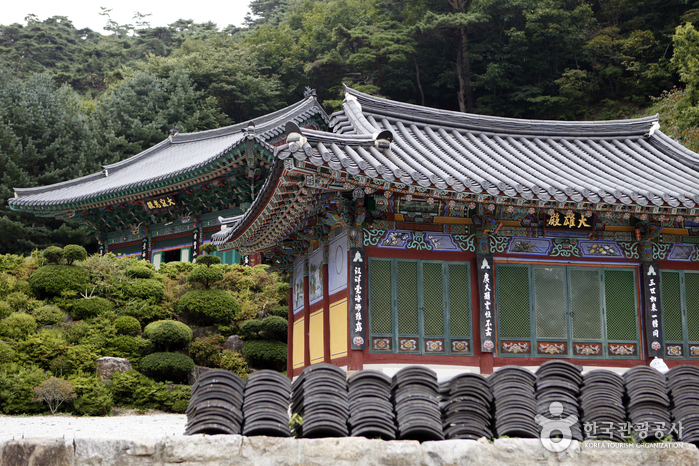
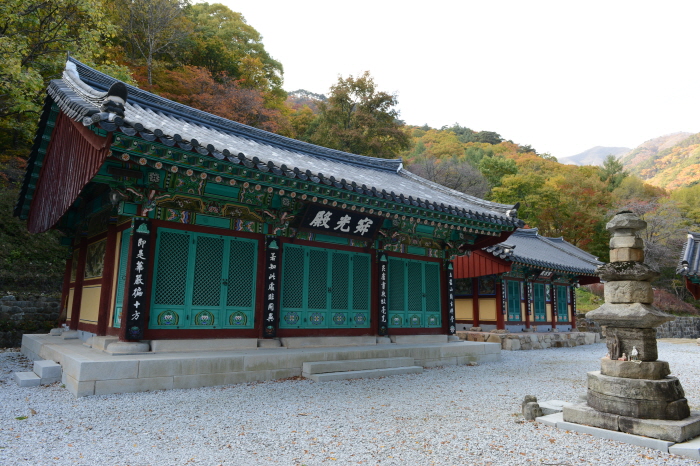
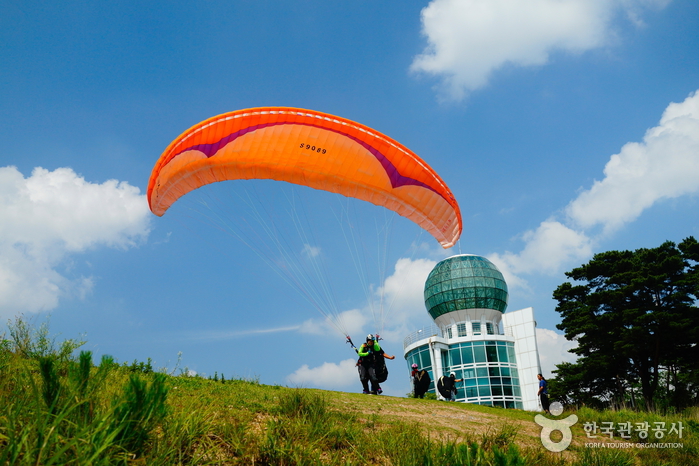

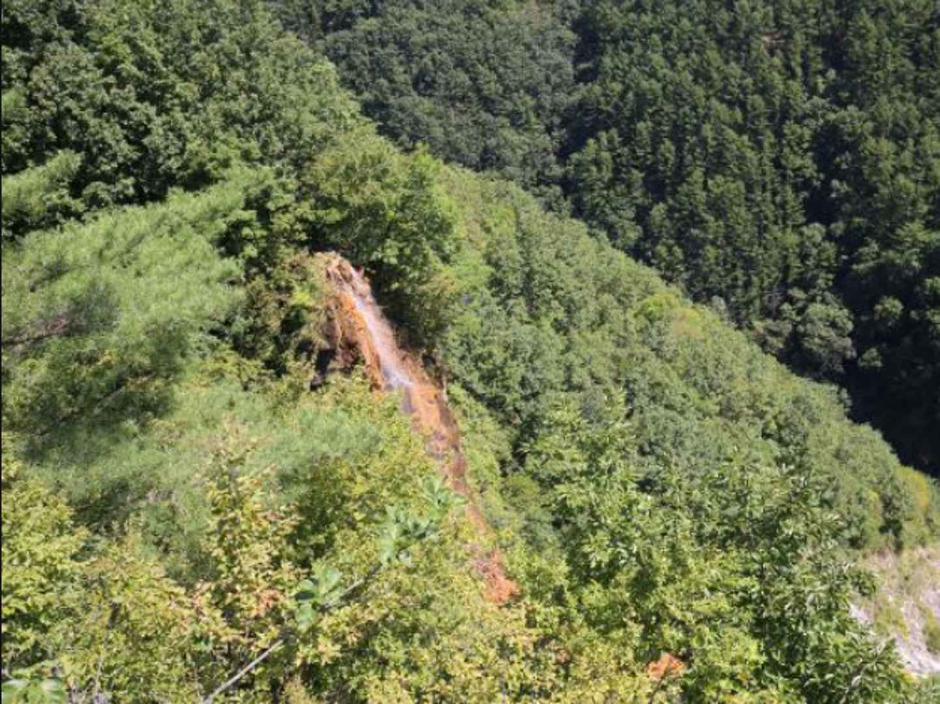
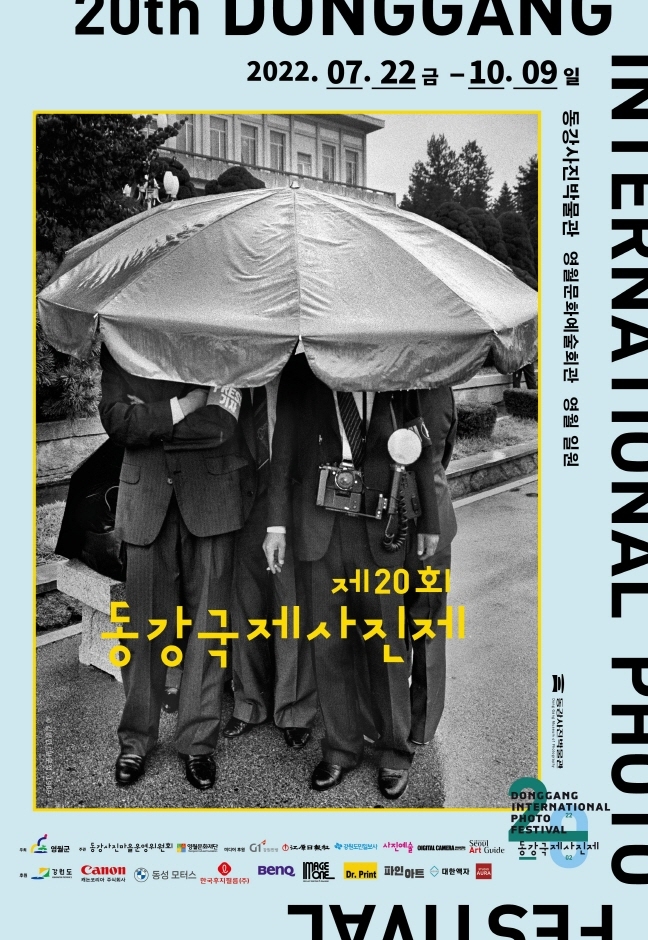
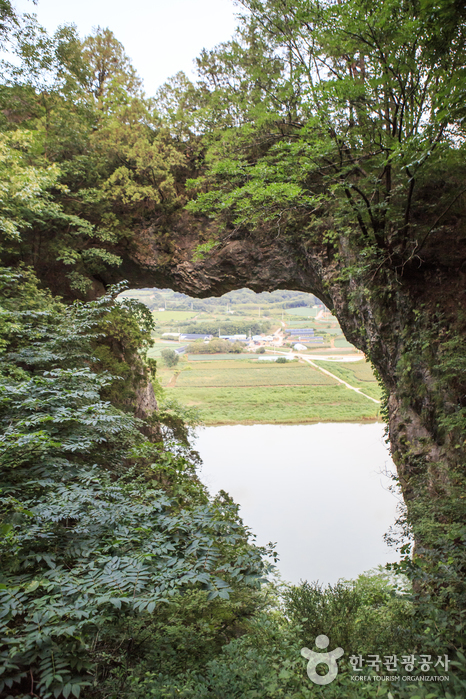
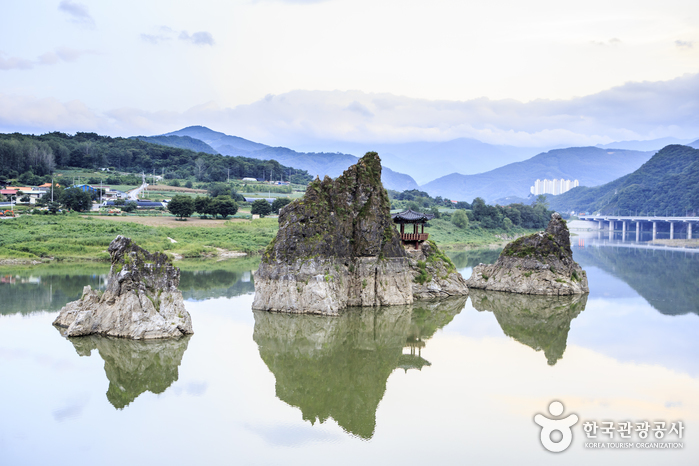
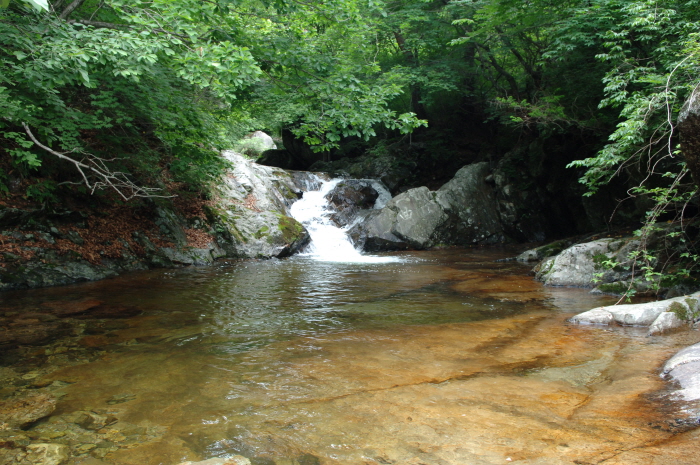
 English
English
 한국어
한국어 日本語
日本語 中文(简体)
中文(简体) Deutsch
Deutsch Français
Français Español
Español Русский
Русский